How Companies Manipulate Serving Sizes, And How You Can Adjust

Food labels are supposed to be helpful.
They provide you with quick snapshots of information. You can easily see what nutrients (calories, sugars, vitamins, fats, proteins, etc.) you’re going to get from eating the product.
At least that’s how it works in theory. However, food companies are sneaky and often manipulate the information included on food labels to make their products seem healthier than they really are.
Obviously, this is problematic. If you want to maintain a healthy diet, you need to know exactly what you’re putting in your body, and if food labels are dishonest, then you’re basing your diet on faulty information!
This article will show you exactly how companies are dishonest with their food labels and teach you how to adjust so that you can be sure you’re getting the nutrients you need.
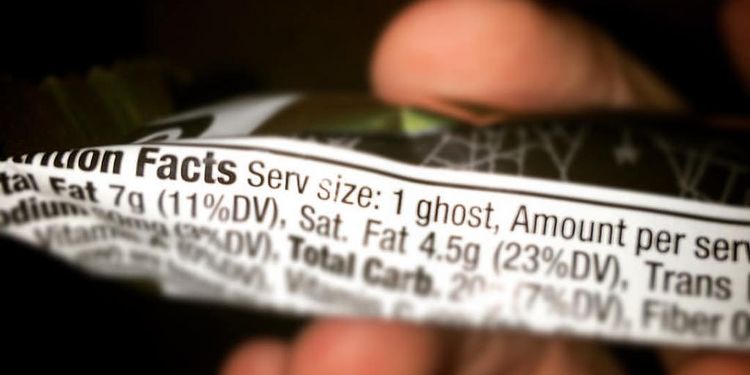
Food Label Manipulation Techniques
What’s a Typical Portion?
The nutrients listed on food labels correspond to a specific “serving size,” included at the top of the label.
To lower the listed values of sugar, trans fat, and other less-than-savory ingredients in their products, companies will often use unrealistic serving sizes that are in no way typical of what people actually eat.
For example, Pop-Tart labels show nutrient information for a serving size of one pastry. Who eats only one Pop-Tart when there are two in the foil? Similarly, Fig Newtons claim two cookies as a serving size, and Ben & Jerry’s claims half a cup. The list of examples here goes on and on.
Of course, if you’re reading this article, you would never eat foods like that! But you get the idea.

Is 80% Correct Good Enough?
Surprisingly, the FDA allows food companies to be off by up to 20% on their food labels.
When testing the accuracy of a company’s food label, the FDA gathers 12 randomly selected food samples of the product. The FDA then analyzes the samples and compares what they find with what is published on the company’s food label.
The FDA categorizes nutrients into three categories:
- Class I nutrients: Vitamins, minerals, protein, dietary fiber, or potassium added in fortified or fabricated foods.
- Class II nutrients: Vitamins, minerals, protein, total carbohydrates, dietary fiber, other carbohydrates, polyunsaturated and monounsaturated fat, or potassium naturally occurring in the food.
- “Third Group”: This group includes calories, sugars, total fat, saturated fat, cholesterol, and sodium.
For Class I nutrients, the FDA requires that the companies’ food products include at least as much of the nutrient as they say is included on the food label. Makes sense, right?
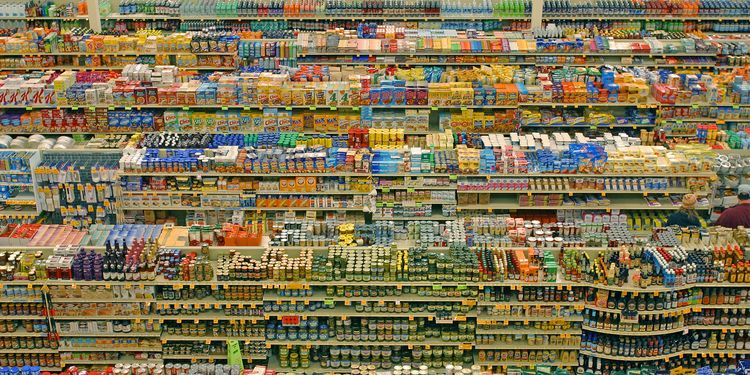
Here’s where things get wonky.
For Class II nutrients, food companies are required to include a minimum of 80% of the nutrients published on the food label. So, for example, if a company knew its product only contained 4.8g of protein per serving, they are allowed to declare that their product contains 6g of protein!
The FDA allows the same level of error for the so-called “Third Group” nutrients. A food product can contain up to 120% more of a nutrient from this group than is labeled on the product. So, a company could say that its product only contains 4.8g of sugar when in fact it contains 6g.
20% is a big difference, especially when you also factor in manipulated serving sizes.
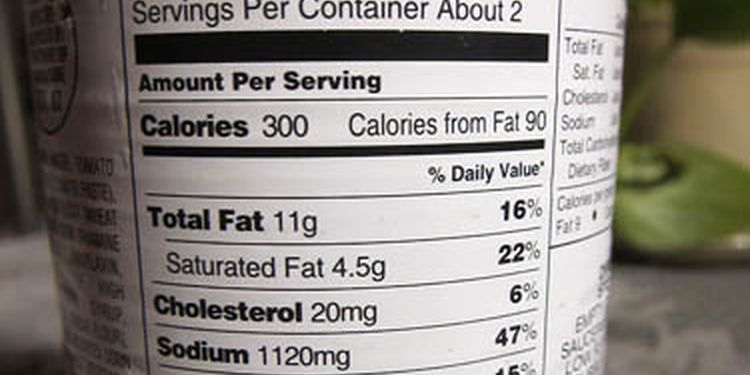
Unhelpful Daily Values
Rather than share the exact numbers, vitamin and mineral content is displayed on a label as a percentage of the “daily value.”
I don’t know about you, but I know no one who knows exactly what the FDA-approved daily values are for each nutrient— nor do I know anyone who consistently and consciously eats the 2000-calorie diet these values are based on.
For the average consumer, listing vitamin and mineral content as percentages of the daily value is unhelpful. It also gives companies yet another way to manipulate your perception of their food product and its (un)healthiness.
Rounding? Not Accurate
Because apparently accuracy isn’t a high value for the FDA, food companies are also allowed to round the numbers on their food labels. This includes serving size, nutrient levels, and “daily value” levels.
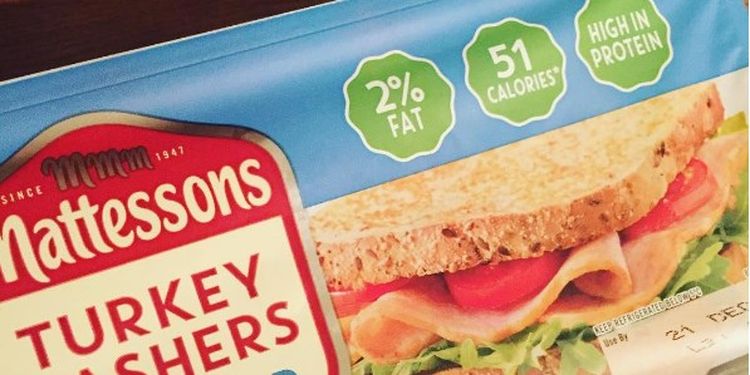
Different nutrients are allowed different rounding limits. For example, calories from saturated fat are rounded to the nearest five-calorie increment when less than 50 calories and to the nearest 10-calorie increment when greater than 50 calories.
Each nutrient also has a declared “insignificant amount.”
If a food product contains less than the “insignificant amount” per serving size, the company isn’t required to include it on the label! For example, “calories from fat” has an “insignificant amount” of five calories, while sodium has an insignificant amount of 5mg.
Again, while these are small numbers we’re talking about, when seen in the context of manipulated serving sizes and an allowed 20% error in nutrient levels, the inaccuracies quickly add up.

How to Beat the Labels
Measure Food Yourself
Before you eat, use measuring cups and/or a food scale to measure out exactly how much food you’re about to eat.
If you’re feeling especially productive, you can also bust out a calculator and do some math! Compare the serving size posted on the label with what you’re actually eating, then use your math skills to figure out what nutrients you’re getting.
As I pointed out above, food labels are typically not 100% correct.
However, taking the time to measure out your food like this, at least once or twice, will give you a much more accurate picture of what nutrients you’re getting on a daily basis, rather than just relying on the labels themselves.
You can also use the following guidelines to “eyeball” serving sizes:
- One cup of green, leafy vegetables is about the size of a baseball.
- 1/2 cup of chopped fruit or vegetables is about the size of half a baseball.
- 1/4 cup of dried fruit is about the size of a golf ball.
- 1/2 cup of rice is about half a baseball.
- 3 ounces of meat is about the size of a deck of cards.
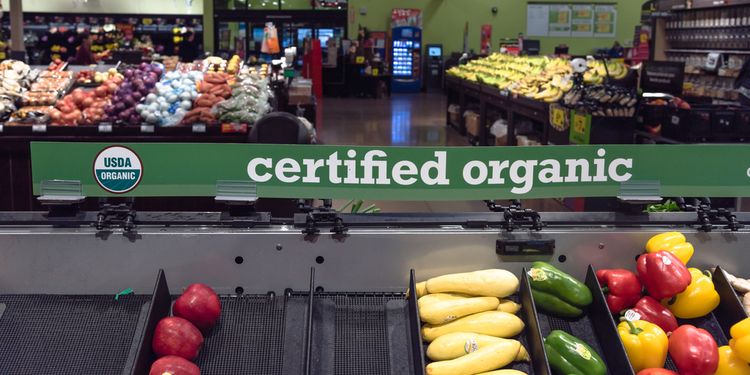
Stay Natural
As always, your best bet for a healthy diet and body is to just avoid food “products” altogether! Stick with foods that you know the nutrient value of, like organic fruits, vegetables, and meats.
Of course, the labels on these products are probably still not 100% accurate. But you can trust the label of a bag of carrots a lot more than the label of a pre-made meal.
Hack Your Eating Habits
For an easier time eating the recommended portion size rather than your (usually larger) typical portion size, eat off of smaller colored plates.
Studies have shown that using colored plates that contrast with the color of your food helps you feel full more quickly. The same goes for eating off smaller plates. Your brain registers the amount you’ve eaten differently when you do.

Be Patient
Last year, the FDA finalized new nutrition label guidelines for the first time in 20 years.
Some of these changes include:
- Food companies will now be required to include an “added sugars” section.
- Serving sizes are more likely to be realistic and reflective of what someone would typically consume in one sitting.
- Levels of vitamin D and potassium are now required to be shown.
- Actual amounts of vitamins and minerals will now be displayed.
- Daily value levels will be updated.
- “Calories from fat” is no longer a listed item. (This will help dispel the myth that all fats are bad for you.)
While rounding numbers and 20% differences will still be allowed, the above changes will help provide customers a more accurate picture of how healthy a product is.
Companies are required to implement these changes within the next year or so, so be patient!
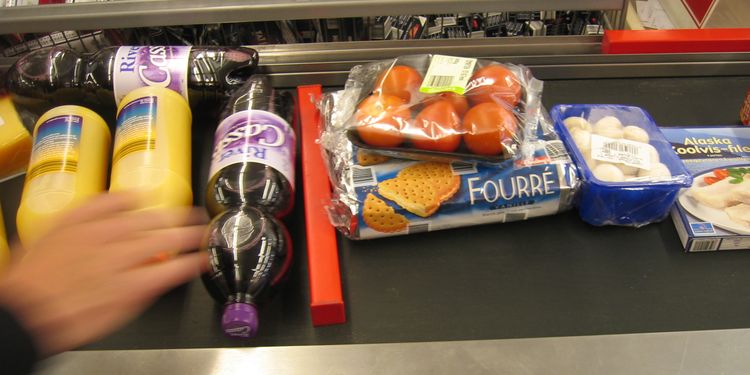
Summary
Most people are already aware of how crafty food companies can be.
Even still, I imagine many of you are as surprised as I was to learn just how inaccurate and untruthful food labels can be!
Yes, it’s shocking to realize all the ways food companies manipulate their food labels.
However, when we apply these facts to our decision-making process in choosing what foods to eat, the end result is the same: steer clear of processed foods and stick with a whole foods-based diet!
The more you do so, the less you’ll be affected by sneaky food label manipulation practices.
